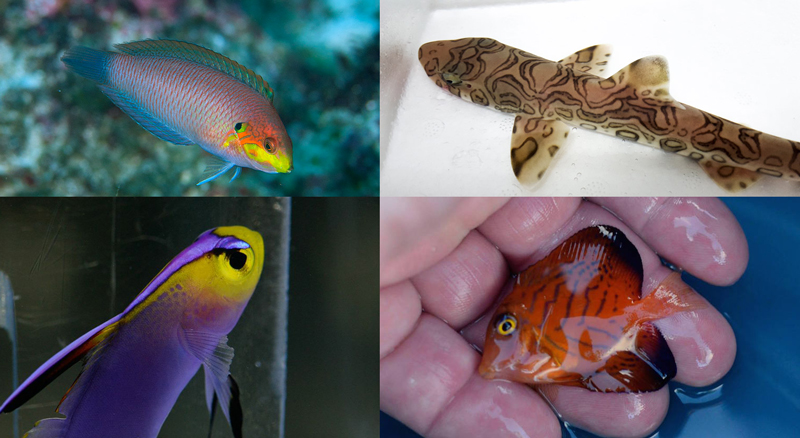It’s been a busy year for the reef aquarium hobby and especially for reef fish discoveries in the Philippines. The Philippines is the largest single exporter of ornamental fish for the aquarium trade. With a population of nearly 100 milion people, you’d think that by now the Philippines would have run out of any major reef fish surprises.
But this country is made up of more than 7,000 islands which endows this part of the world with such a wide variety of habitats that there’s certainly a lot left to be discovered. We’ve still got a few months in this calendar year but already we’ve witnessed some very interesting new fish and behaviors being documented from this unique part of the Coral Triangle.
1. Massive fish migration – We were invited to explore the reefs on the western edge of the Philippines. While searching for corals we came across a truly magical underwater sight, the likes of which we’ve never seen, and which is still unexplained.
2. Mandarin Cat Shark – We really try to focus on suitable reef fish and corals for the home aquarium so sharks usually take a back seat to our writing. But the collective aquarium world was shocked when a small shark species was discovered with the pattern of a mandarin goby and a small adult size.
3. Helfrich’s Firefish – Finding a Helfrich firefish in the Northern Philippines was exciting enough. But we are even more excited about what other types of fish like the Helfrich may yet lie undiscovered in some of the deeper reef environments of the Filipino coral triangle.
4. Moyer’s leopard wrasse – Macropharyngodon moyeri represents a typically Japanese reef fish. Finding this species in the Philippines is a hint that we may yet be able to find a lot more Japanese reef fish in the Northern Philippines.
5. Chevron tangs – If the Moyer’s leopard wrasse represents what Japanese fish may be found in the Philippines, the Chevron tang represent the tip of the iceberg for what Pacific Ocean reef fish may also be found in this part of the world.








